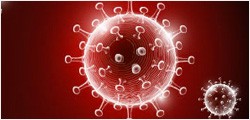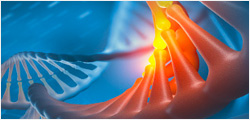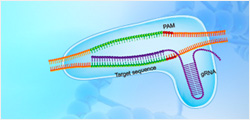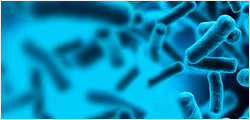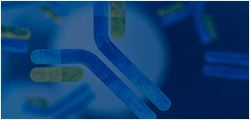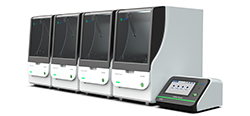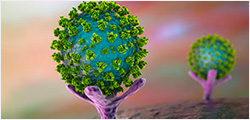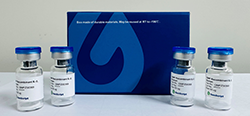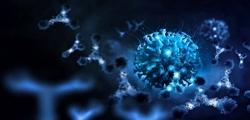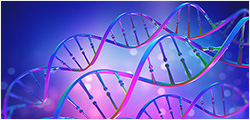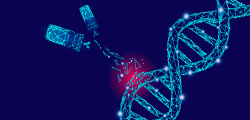| Species |
Mouse |
| Protein Construction |
MCP‑3 (Gln24-Pro97)
Accession # Q03366-1 |
|
| Purity |
> 95% as analyzed by SDS-PAGE
> 95% as analyzed by HPLC |
| Endotoxin Level |
< 1 EU/μg of protein by LAL method |
| Biological Activity |
Fully biologically active when compared to standard. The biologically active determined by a chemotaxis bioassay using human monocytes is in a concentration range of 100.0-300.0 ng/ml. |
| Expression System |
E. coli |
| Theoretical Molecular Weight |
8.5 kDa |
| Formulation |
Lyophilized from a 0.2 μm filtered solution in 2× PBS, pH 7.4. |
| Reconstitution |
It is recommended that this vial be briefly centrifuged prior to opening to bring the contents to the bottom. Reconstitute the lyophilized powder in sterile distilled water or aqueous buffer containing 0.1 % BSA to a concentration of 0.1-1.0 mg/ml. |
| Storage & Stability |
Upon receiving, this product remains stable for up to 6 months at -70°C or -20°C. Upon reconstitution, the product should be stable for up to 1 week at 4°C or up to 3 months at -20°C. Avoid repeated freeze-thaw cycles. |
| Target Background |
Chemokine (C-C motif) ligand 7 (CCL7) is a small cytokine that was previously called monocyte-specific chemokine 3 (MCP-3). Due to CCL7 possessing two adjacent N-terminal cysteine residues in its mature form, it is classified within the subfamily of chemokines known as CC chemokines. CCL7 specifically attracts monocytes, and regulates macrophage function. It is produced by certain tumor cell lines and by macrophages. This chemokine is located on chromosome 17 in humans, within a large cluster containing many other CC chemokines and is most closely related to CCL2. CCL7 can signal through the CCR1, CCR2 and CCR3 receptors. |
| Synonyms |
C-C motif chemokine 7; Small inducible cytokine A7; CCL-7; Monocyte chemotactic protein 3; MCP3; MARC |
For laboratory research use only. Direct human use, including taking orally and injection and clinical use are forbidden.
